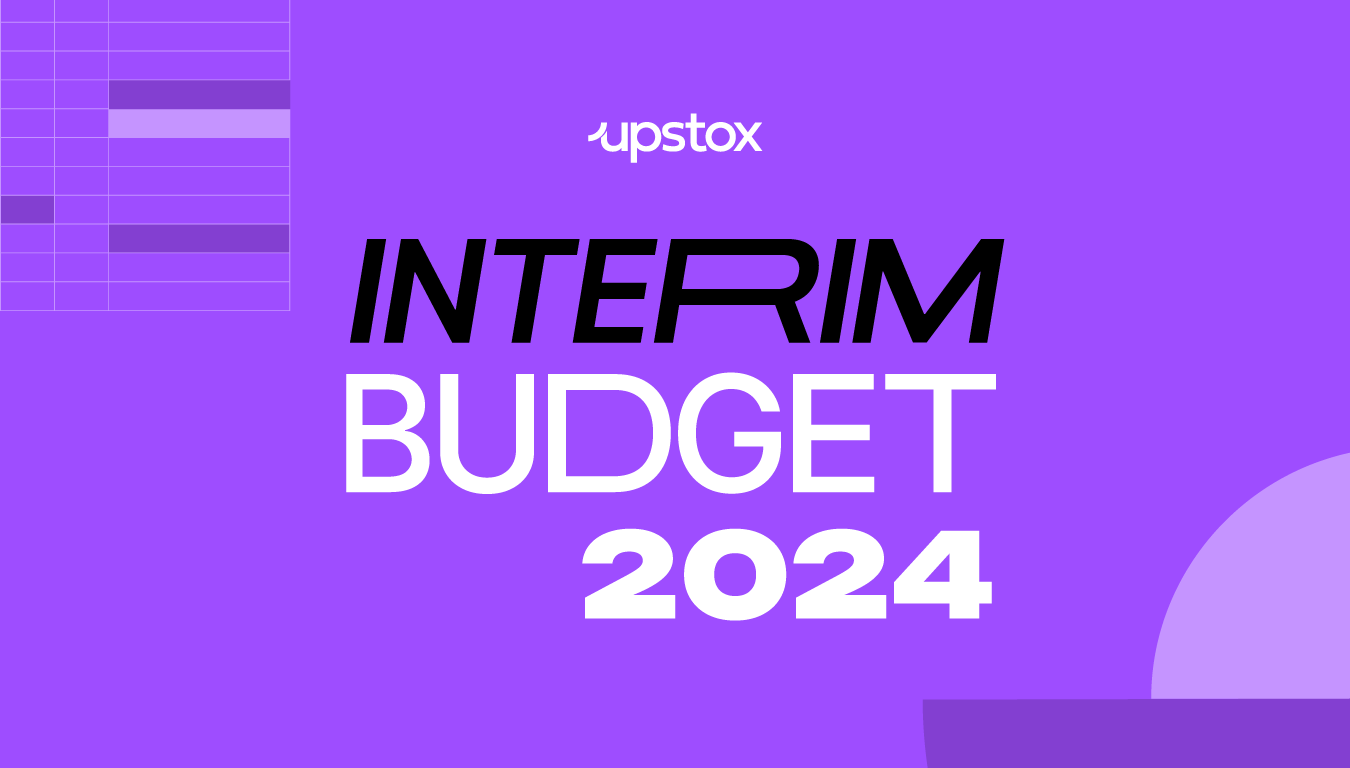Key Budget Terms You Should Know

With Budget 2024 less than a month away, media reports, financial commentary and even social media are likely to start discussing and deciphering the annual accounting exercise.
Here are some key terms that you should know to understand budgetary discussions better:
Expenditure Budget
The first of the two halves of the Budget, the Expenditure Budget provides details of where the government spent money in the current fiscal (which is about to end in March) and outlines its spending plan for the next fiscal.
The government incurs expenditure on three heads: capital (investments into the future, like infrastructure), revenue (things that don’t have a future payoff, like salaries and subsidies) and interest. Typically, you would want the government to spend the maximum on the capital account, then on the revenue account followed by interest.
Revenue Budget
The Revenue Budget talks about how the government is earning the money it wants to spend or has spent.
The government’s coffers are typically funded through three sources. Taxes (indirect taxes such as GST or excise duty and direct taxes such as income or corporate tax), asset sales (divestment in public sector companies) or through debt.
Look for the trend in growth of taxes, and the fiscal deficit number, on which more below.
Fiscal Deficit
In theory, governments would like to spend as much as possible, especially on things such as capital expenditure. Unfortunately, they may not always have the means to spend even as much as they want.
Whenever there is a shortfall between what the government spends and what it earns, the gap is funded by what is called the fiscal deficit. This is nothing but debt taken from investors against which the government pays interest.
Since government budgets grow year to year, so do deficits. Hence, looking at the deficit number in any year on an absolute basis will be fallacious. Therefore, the fiscal deficit is commonly calculated as a percentage of GDP.
Here’s what you may not know about the fiscal deficit. While running deficits may sound like a bad idea, that is not always so. Remember, a country like India pays about 6% on its debt and it grows at about 6-7% in real GDP and another 4-5% by way of inflation (yes, inflation is also considered growth but that’s a topic for another day.) This leads to an average “nominal” growth of 11%.
Now, this means that if you borrow at 6% and make 11% on that borrowed money, you’re making money that you wouldn’t have otherwise. But like with all things debt, it’s good in moderation.
Governments typically target a fiscal deficit number of 3-5% of GDP.
Budgeted Estimates and Revised Estimates
The budget making exercise starts several months before the event, which culminates in a Budget speech by the Finance Minister along with tabling of the Budget documents.
When you open the Budget document, you will see each revenue and expenditure item has two numbers: Budgeted Estimate (BE) and Revised Estimate (RE).
Let’s consider this with an example. Finance Minister Nirmala Sitharaman will be presenting Budget 2024 (this may also be called Budget 2024-25 since the thrust of the focus is on planning for the fiscal year ahead).
Now in the last Budget, the Finance Minister will have forecast how much it would spend or make x rupees on a particular item in the current fiscal (2023-24). This estimate was the Budgeted Estimate, or BE, for 2023-24. And now the FM will update on how much was actually spent, or the Revised Estimate (RE). Similarly, the FM will make a fresh BE forecast for the next year for each head.
Economists and analysts typically look for big differences in BE and RE, and in case they are present, try to find the reason for the same, which the government tries to clarify either in the Budget document itself, or later.
Finance Bill
By virtue of being an exercise that makes future projections, the Budget is not merely a presentation of the government’s statement of accounts. In effect, it is also a policy document that outlines things that the government plans to do going forward.
This means that from time to time, the government is required to make legislative changes to realise its plans.
As a result, the submission of the Budget documents as well as any legislative changes that are proposed as its part are contained in what is called the Finance Bill. The Finance Bill is tabled during the Budget Session of Parliament and changes proposed within are passed by approval of the Lok Sabha.